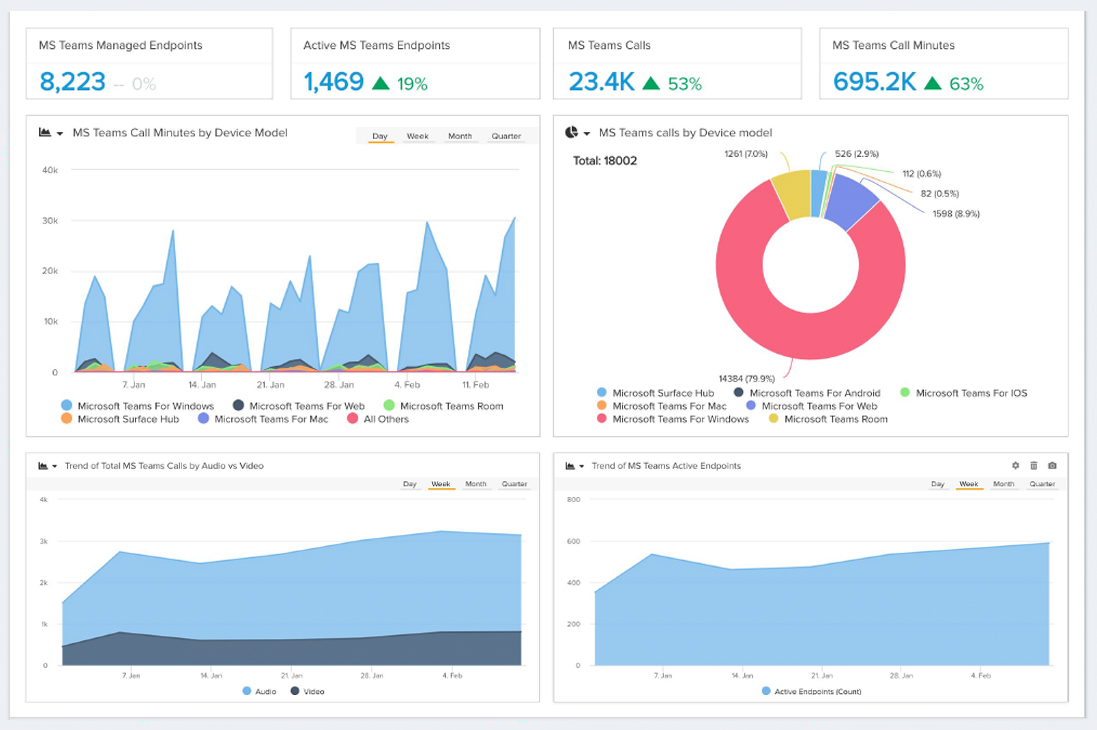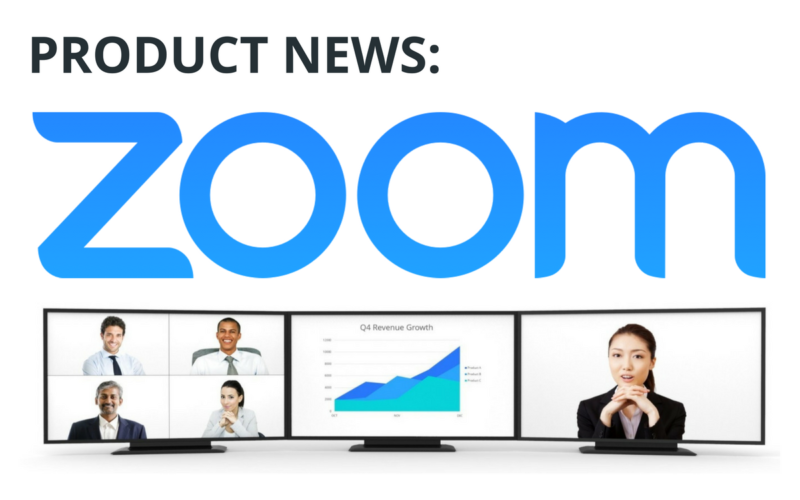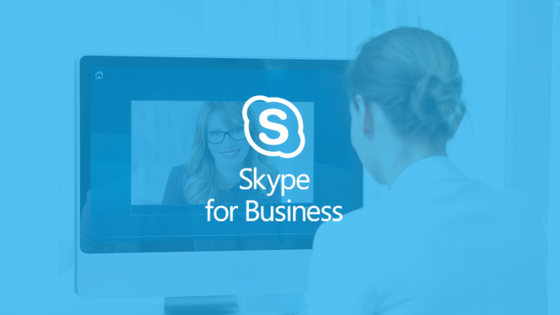There’s lots of reasons why Microsoft Teams is one of the biggest players in the world of unified communications as companies all over the world have moved most of their staff to a remote work scenario because of the Covid-19 pandemic.
One of them is that the tech giant’s move away from Skype For Business makes MS Teams the next destination for those looking to stay entirely within a Microsoft environment for remote collaboration. Another is that those holding Microsoft enterprise agreements may very well be spending money needlessly on licenses for Cisco Webex, Zoom or any other cloud-based solution when they have a Microsoft solution at the ready, just waiting to be used.
Jaiganesh Lakshmisundaram, product manager for Vyopta, said the surge toward remote work in the spring caused many workers to opt into free trial offers for Zoom or other cloud-based solutions. While those may have provided an easy transition, the cost of hundreds or thousands of licensing costs that will kick in after the free trials expire can be avoided by looking toward Microsoft Teams. Vyopta’s recently launched end-to-end support for Teams makes it easier for companies to monitor quality of experience for all users and continuity of operations, during a transition or once a changeover is complete.
“Ninety percent of enterprise customers will have a Microsoft environment, but are they using the entire products suite? Depending on the type of licensing, chances are they would have access to the entire suite of products. So it’s up to you to adopt it,” he said. “Some who are already using Cisco might think, ‘I already have the licensing for Microsoft as part of my enterprise agreement, why don’t I just start using it?’ You will see people in the market who are already using Cisco try to move to Microsoft. People that are already using BlueJeans or already using Zoom will try to move to Microsoft because the enterprise agreement offers them that path without having to pay anything more.”
What To Look For
UC experts agree that keeping a close eye on usage and quality of audio and video calls are the two most important steps to take when transitioning to Microsoft Teams, or any other platform.
The data Vyopta provides on usage can tell managers how various departments or similar groups are working within the tool, and whether there are trends up or down that need to be investigated. And near-real-time data on call quality gives a best-ever look at user experience almost immediately after calls have ended.
That means problems can be identified and addressed quickly, without having to hunt through the several different modules where needed data is located on most platforms.
As a multi-vendor platform, Vyopta assembles all the data customers need on a single-pane view, with customizable reports that can get as granular as identifying what device was used to connect a call, and what kind of headset or camera was used and might have led to an audio or visual problem.
“If you are a person who manages MS Teams the first thing I would want to know is who is using the product and tools versus who isn’t. For the ones that are actually using it, what is the level of activity? Do we have a set of power users? Are the power users from the sales team, customer service team? Being able to understand data about the segments… Once you get that information then you need to dive deeper into the performance of the product,” Lakshmisundaram said.
“When my users are using Teams are they getting the most optimum performance and the best quality experience? Are they having a good call or a bad call? That’s what being with Vyopta helps with and being able to show that in a flexible platform allows you to slice and dice the information by user, by meetings and getting down into very specific data. Usage and performance are the two biggest things.”
Learn more about Vyopta’s coverage for Microsoft Teams.
Chad Swiatecki is a business writer and journalist whose work has appeared in Rolling Stone, Billboard, New York Daily News, Austin Business Journal, Austin American-Statesman and many other print and online publications. He lives in Austin, Texas and is a graduate of Michigan State University. Find him online on LinkedIn.








